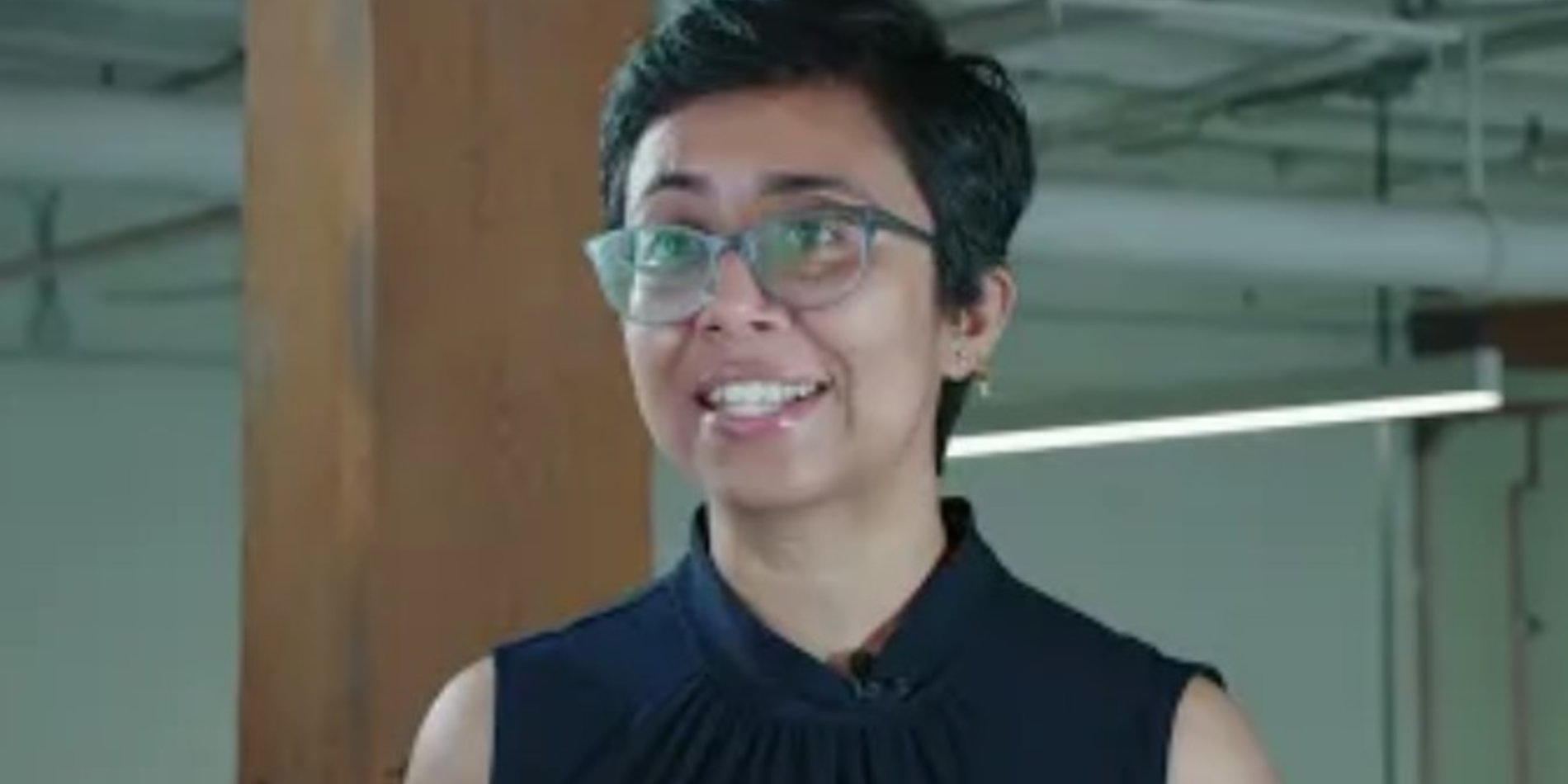Sailing with Big Data
Global shipping is nearly invisible to most consumers, so its scope may come as a surprise. Worldwide, 90 percent of all commodities purchased—everything from toothbrushes, rice, and vanilla extract, to cell phones, televisions, and cars—are unloaded from a container ship.
All that crisscrossing of the ocean and land comes at a cost for the environment, made worse by inefficiencies that hamper global trade. Companies often ship and truck empty containers between ports to prepare for return voyages, only to misjudge their need and leave containers sitting idle for weeks or even months. In total, the shipping industry accounts for 3 percent of the world’s carbon emissions.
With initial support from the TomKat Center for Sustainable Energy, ClearMetal has developed a predictive intelligence platform that is designed to optimize every movement of every container in the world—and set a course for smoother sailing for these mega-ships.

The team behind ClearMetal—Adam Compain, MBA ’15, Will Harvey, ’14, MS ’15, Diego Canales, ’14, MS ’15, and their advisor Seungjin Whang, the Jagdeep and Roshni Singh Professor at the Stanford Graduate School of Business—believes that using ClearMetal’s technology could cut global carbon emissions by 0.3 percent.
Drilling down
ClearMetal CEO and co-founder Adam Compain has had a lifelong interest in logistics and shipping. His mother says his first word was “truck”—perhaps a sign of things to come. While his career started at Google working on new products in its GeoCommerce division, when he enrolled at Stanford Graduate School of Business, he found himself again fixated on global trade. He confesses that inefficiency drives him a little nuts. The more information he gleaned about the shipping industry, the more he wanted to learn.
In his second year of business school when it came time to do an internship, he requested placement with a large container shipping company in Asia. The shipping CEO couldn’t figure out why an MBA from Silicon Valley, of all places, would want to come to the docks of Hong Kong. But when Compain returned to Stanford after his time abroad, he knew this was the problem he wanted to solve.
He met his co-founders and Stanford engineers Diego Canales, ’14, MS ’15, and Will Harvey, ’14, MS ’15, in the graduate-level course Technology Venture Formation. It took two years for the trio to build their product. By 2015 they hit a breakthrough. Canales and Harvey’s deep knowledge of machine learning and artificial intelligence unlocked an issue that has dogged the shipping industry for decades: how to forecast the future with certainty. And together, the three built ClearMetal into the company it is today.
“Shipping has reached a point of near unmanageable complexity,” says Compain, “and carriers tell us that their existing tools—Excel, intuition, and off-the-shelf optimization solutions—aren’t sophisticated enough to make sense of it all.”
It makes sense that an industry that owns hundreds of billions of pounds of metal would be focused on the physical fleet and cargo. ClearMetal is focusing beyond the metal hull to the billions of bits of data that make the business run.
In all, ClearMetal has identified and models 100 different sources of uncertainty that shipping companies deal with routinely.
Take, for example, a container of sports apparel leaving a factory in Shenzen, China, bound for a retail store in Chicago. A company has to factor in the shipper’s unique booking behavior, fuel prices, space on the ship, traffic at port, prevailing winds and storms, the weight of the cargo, the speed of the vessel, the exchange rate of the dollar, and the promptness (or lateness) of the merchandise.
What ClearMetal provides is an extremely granular prediction of the shipment cycle, layered with thousands of simulations to account for every possible contingency up to eight weeks in advance—all wrapped into a cloud-based interface to enhance ocean carriers’ operations.
Scaling up

The world’s largest shipping container companies have begun taking notice, as has the investment community. Since receiving an Innovation Transfer grant from the TomKat Center, ClearMetal has raised $3 million in seed funding from firms such as Innovation Endeavors (the personal fund of Google’s Eric Schmidt), Beijing-based Skyview Fund, and New Enterprise Associates.
The co-founders say the TomKat grant was crucial. They had pinned down their product but needed help scaling up to commercial clients.
“We had built the engine, but the TomKat Center grant put the first fuel in the tank,” says Compain.
The funding allowed them to fly to conferences to meet with clients and focus on marketing and acquiring customers.
The Stanford trio has now grown to a full team of employees based in San Francisco. It’s a job that has Compain constantly globe-hopping between Asia, Europe, and North America.
As for what’s next, ClearMetal is working to partner with others in the supply chain that would benefit from predictive logistics and machine learning technology. ClearMetal could bring greater efficiency to similar wastes elsewhere in the logistics space, such as in railroad, trucking, and airlines.




